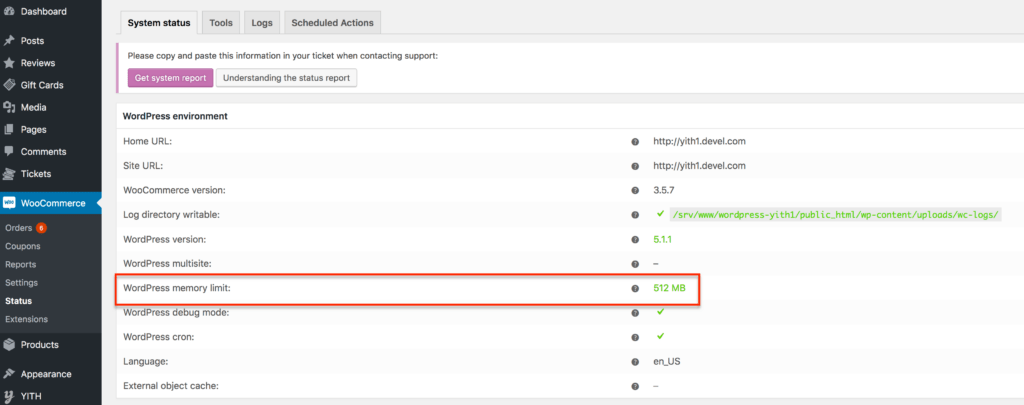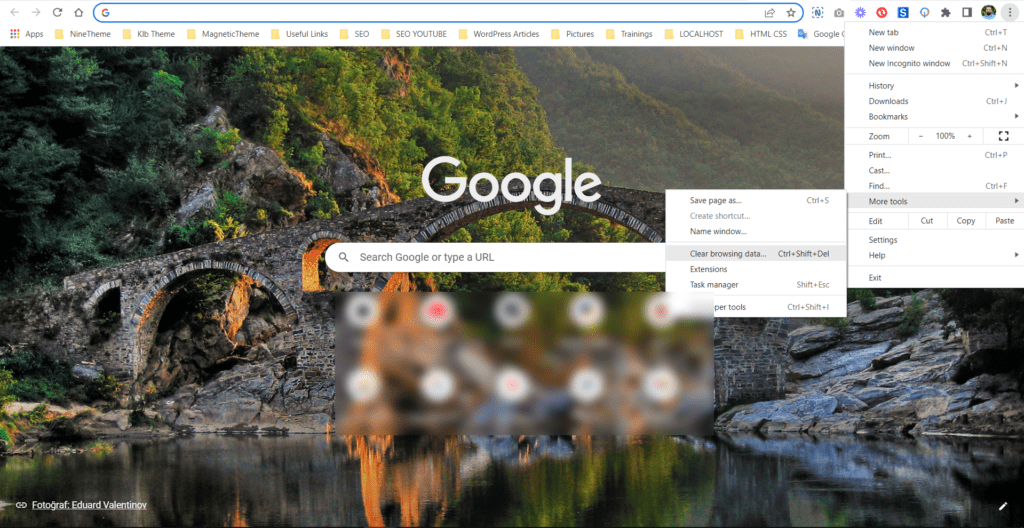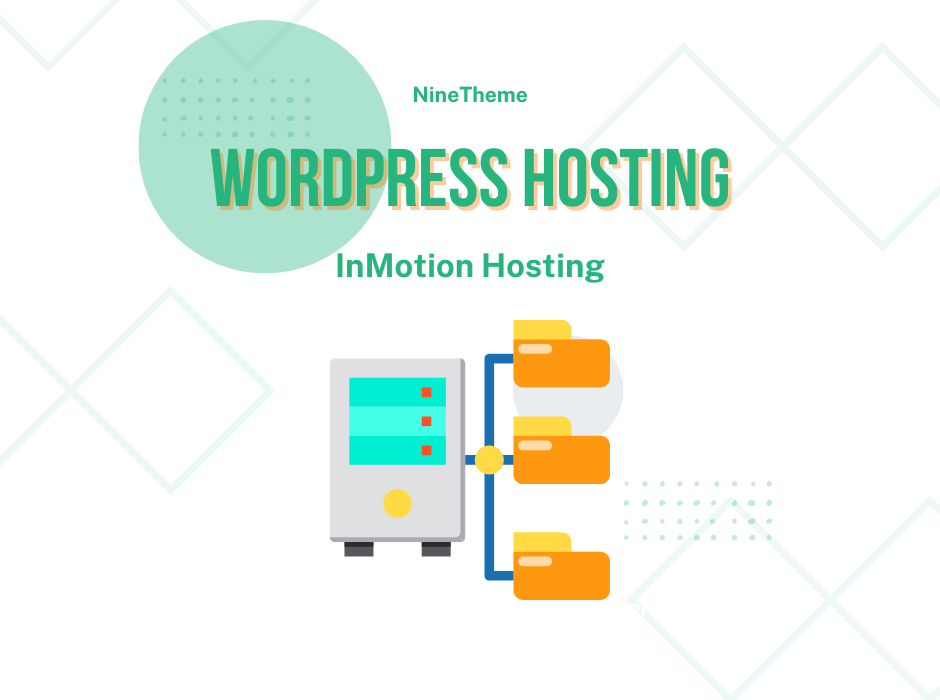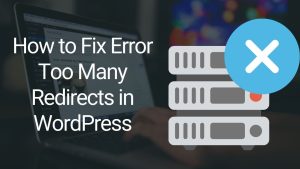Forbidden errors, or 403 error in WordPress, occur when your site’s permission settings are incorrect. Every file and folder has a permission access number that can check whether the content is writable, executable or readable.
If these are changed, it can cause great harm while trying to attract visitors. Today I’m going to show you some options that allow you to fix a 403 error in WordPress.
The mistake can also affect your reputation as a professional in your field, as people won’t be able to access your content. While 403 forbidden errors on a WordPress site can be problematic, they are actually quite easy to detect and fix.
In some cases, it can be as easy as reconfiguring a security plugin or removing a broken one.
How Does the 403 Forbidden Error Occur?
Simply put, when you see a 403 forbidden error, you do not have the necessary permissions to view the requested file or resource. The error can sometimes be intentional. However, most of the time, it is caused by misconfiguration of certain permissions.
There could be several things that cause this type of error to show. Most of the time, a 403 error in WordPress is caused by security plugins added to a website and not configured properly.
When not configured properly, these security plugins can block IP addresses because they wrongly think they are malicious.
A 403 error can also be caused by a host detecting an infection during real-time scans. Again, it may be misread due to an unusual problem, but when detected, these infected domains are usually disabled.
Let’s take a look at a few different ways to look for these issues and fix a 404 error in WordPress.
How to Fix a 403 Error in WordPress
Verifying Plugins as the Cause of the 403 Error
Not every plugin you come across in WordPress will be compatible with your site. In fact, there are several plugins that do not work well when combined. To verify that a plugin is causing the 403 error on your site, you need to do the following:
- Disable all plugins installed on your WordPress Site.
- Re-enable one of the add-ons in your list.
- Visit the site to see if the 403 error is showing.
- Repeat the second and third steps until the 403 error is shown. This is the plugin causing the problem. You may need to change the configuration settings or completely remove them.
If you disable all your plugins and the 403 forbidden error continues to appear, the problem may not be plugin related. If this is the case, you need to do additional troubleshooting.
What Happens If You Can't Access WordPress To Disable Plugins?
If you can’t access WordPress to delete plugins, you can login to your cPanel and jump to the file manager section. Access the wp-content directory and look for the Plugins folder. Once in the Plugins folder, delete the desired plugins directly from the file manager.
An alternative is to move these plugins to a new location, such as a temporary directory. That way, you don’t have to lose any special tools or premium plugins by deleting them directly.
I mean, WordPress won’t detect and run plugins from this folder if they don’t exist. So, if it’s a plugin causing the 403 error, your website will be back to normal.
Then you can add the plugins back one by one until you find the one causing the problem.
Checking Your Site's .htaccess File

The .htaccess file can cause a lot of confusion on your site if not configured properly. A corrupt or modified file can prevent users from accessing certain pages or even the entire site.
Once you find your site’s .htaccess file, there are two ways to check. You can control it via FTP access or WordPress Plugins.
FTP Access
If your web hosting company uses applications such as cPanel, the .htaccess file can be directly accessed and modified using the “File Manager” tool for your domain.
Other FTP programs such as CuteFTP or FileZilla can also be used to access these files.
WordPress Plugins
Using a WordPress plugin that deals with .htaccess file issues is never a bad choice and can help stabilize the .htaccess file. These can be found by going to the “Plugins” section of your control panel, clicking “Add New” at the top and searching for “htaccess”.
Find one you like and use it to check your .htaccess file.
Removing the .htaccess File
If you think the .htaccess file is corrupt or having problems, you can completely remove the file. You can delete the file from the system using FTP access or otherwise viewing your website root folder.
Once this is done, go to “Settings” in the WordPress dashboard and select “Permalinks” from the list. Once you hit the “Save Changes” button, a new .htaccess file will be created automatically.
Note: You do not need to change any of your current settings to press this button.
Handling Your Website's File Permissions
If you don’t have the right software, it may take some time to fix the file permissions. Many FTP clients allow you to access and change these permissions.
However, you must be sure of what you are doing. If you do not know exactly how to change the access numbers of web pages and content, you can disable many features on the site.
The folder permissions of any WordPress site should be set to 744 or 755. Anything else can prevent new content from being added to the folder. This can prevent any updates, additions or changes you may need to make later.

File permissions should be set to 644 or 640. Incorrect setting of these numbers can lead to hackers and bots having the ability to edit these files. This can lead to compromising your visitors and delivery of malicious code.
Some FTP clients allow you to change these permissions in bulk. This can save you a lot of time without having to access each file individually. Make sure you understand the risks before changing any of these permissions.
Disable CDN
At this point, you can try to disable Content Delivery Network (CDN). For those unaware, CDN is a network of servers that store copies of your website so users can connect to a server closer to their location.
The end result for a user is that the page loads faster because they take servers located on the other side of the world out of the equation.
If you have an activated CDN, all you need to do to figure out what the problem is is to disable it. To do this, log in to your website hosting account, go to CDN settings and disable it. If you are having problems, contact the CDN for assistance.
If the error clears, there is a problem with the CDN and you need to contact your network and web server for resolution. This isn’t really a problem that you can fix because it could be hardware or software issues beyond your control.
Check Your Index Page
Another culprit could be your index page. If you are not aware, your home page should be named index.html or index.php depending on the file structure. If yours is not, that could be the source of the error.
Fortunately this is really easy to fix, but there are several ways to do it.
The first and most direct approach is to actually just find the file and rename it index.html or index.php. And it can fix this error. However, links pointing to the current URL of the page instead of “directory” will likely break.
Now, if you have the current name on your homepage, there is an alternative.
You can upload an empty index.html or index.php file to your public_html directory. Then access the .htaccess file and redirect the empty index.html file to your current homepage by adding the following line of code:
Redirect /index.html /yourhomepage.html |
You will need to replace your “homepage” with your actual homepage name. Also, notice the .html at the end. You may need to change this to .php.
Scan Your Site for Malware
Your website may have received some malware that is causing the 403 error in WordPress. This can come from a variety of sources and can pose serious security risks to your website data.
Therefore, you should have a security plugin that protects against this. Many of these add-ons come with malware scanners that allow you to check your website with the push of a button.
While there are many plugin options available, I recommend using the WordFence Security plugin. It is a comprehensive security tool that is easily the best in WordPress and should be able to fix malware problems on your website.
If WordFence says it’s not malware, that’s not what’s causing the 403 error.
Clearing Your Browser's Cache
The last possible cause of the error that we will be covering is your browser cache. Your browser may be storing an outdated file or image that could cause the error. You can quickly verify if this is the case by switching web browsers.
For example, if you normally use Google Chrome, try switching to Firefox or another browser and test your site. If it works properly, it’s most likely a browser issue.
The easiest way to test is to clear your web browser’s cache.
The process is different for each brand. But today I will show you the most popular option, Google Chrome.
First, click on the tools option (the three vertical dots in the upper right corner) and click on History.

You will see a complete list of your browsing history. On the left, click on Clear browsing data.
This will open a new tab and a new popup. Make sure the “Cached images and files” box is checked and click the “Clear Data” button. You don’t have to tick the other boxes if you don’t want them.
Fix 403 Error in WordPress ASAP!
A 403 error can be somewhat debilitating for the site if not addressed immediately. Keep an eye on your web pages and analytics data as it will show you if visitors are experiencing this issue.
Keep your thumb on the pulse of the website and make sure it’s always active even when you’re not.
Yes, 403 errors in WordPress can be confusing. I hope this article was able to show you some techniques to help you recover your website from such errors.
If you are still having problems after trying all the methods above, then contact your server and see if they can help you.

If you have any questions about this article or other topics, please click the button below. Your questions will be answered soon.

If you want an affordable, reliable and fast WordPress server, just go ahead and click on the button and get a package as needed.
Related Posts
How to Install WordPress Theme Manually with XML?
Oct 12, 2023How to Fix Error Too Many Redirects in WordPress
Jun 23, 2023
Envato elements
Blog Categories
- Agriculture 1
- Design 3
- eCommerce 13
- Energy 1
- Extras 75
- Free 4
- Grocery Store 3
- Software 1
- Technology 3
- Themes 78
- WordPress 145
- Plugins 58
- Cache 5
- Security 8
- SEO 10
- Spam 5
- User Managament 10
- WooCommerce 6
- Plugins 58
- WordPress Speed 2
- WordPress Tutorials 55



